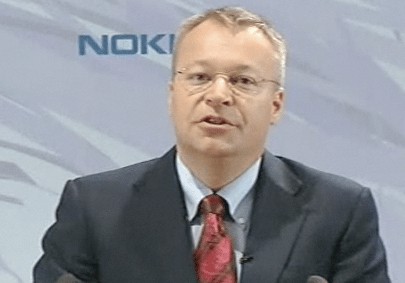
Olli-Pekka Kallasvuo had staked Nokia’s “renewal” on Symbian^3 and the first phone on which it will ship, the flagship N8.
Well, Kallasvuo’s gone and, from inspection at the handset maker’s Nokia (NYSE: NOK) World summit in London on Tuesday, perhaps one can see why…
Symbian^3 is not the great leap forward Nokia seems to think it is.
On the surface, the operating system includes many of the features you would expect from a modern smartphone – integrated social media feeds, widgets that joyously populate the homescreen rather than stay siloed in apps, and a mass-market app store for the world.
But the execution has once again not matched the relative slickness of iOS or Android, even if its battery management is an able challenger to either.
“I’d like to get something off my chest,” Nokia’s markets EVP Anssi Vanjoki told Nokia World’s 3,000 delegates. “A few critics have looked at the screenshots of the N8 and said, ‘What’s new? It look like the same old Symbian’. They based their first impressions of the phones on widgets, not what the developers can do under the hood.”
But Vanjoki is following Kallasvuo out of Nokia, too, and who would bet against further veterans exiting?
Despite giving out N8s to hundreds of developers today, Nokia is not giving review units to journalists for weeks to come ahead of its September launch – representatives actually pulled me out of the free-phone queue their executives had earlier asked everyone to join; only developers allowed.
But quick use, in the Nokia World exhibition hall, of some of the four new handsets which pack Symbian^3 showed screen lag and a lack of the same class exhibited by the other smartphone systems, letting down Nokia’s otherwise fabulous and high-specced hardware (the N8 packs a whopping 12-megapixel camera with xenon flash).
Nokia’s advantages over rivals are clear – it has global reach, excellent carrier relations and a portfolio spanning low- to high-end; it’s also making strides in developer relations.
But the “fightback”, as Nokia itself puts it, cannot start with this. New CEO Stephen Elop has four options…
— rapidly kickstart even more innovation in the Symbian operating system (incremental isn’t enough).
— instead, pick Meego (the Linuxed-based OS Nokia is keeping available but about which it did not show any detail to delegates). What’s Meego for if not for scoping out a future Symbian successor?
— look elsewhere, or merge the two.
— tip Nokia’s toe in OEM waters, putting Android on one Nokia device to let its hardware prowess shine through.